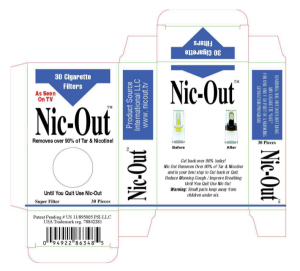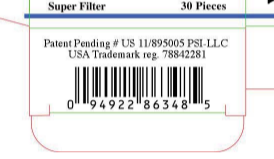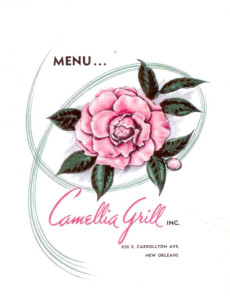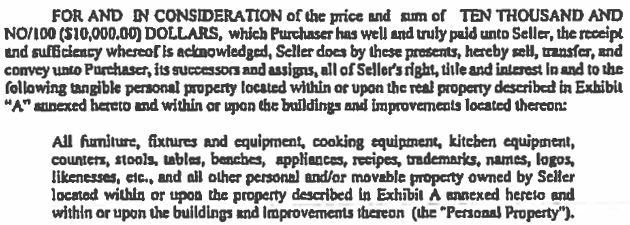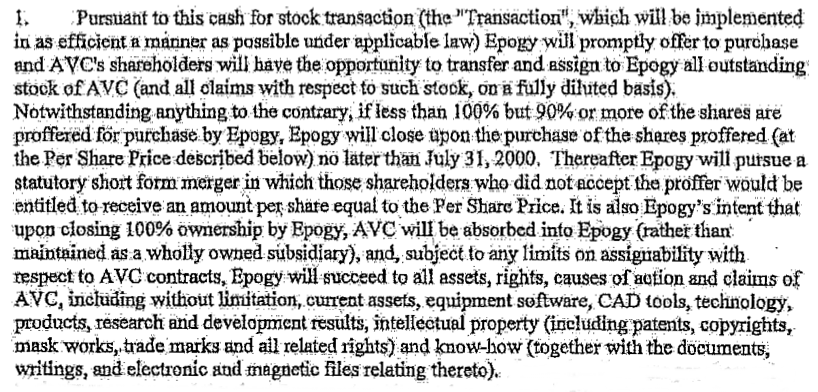Predator International, Inc. v. Gamo Outdoor USA, Inc. is a Tenth Circuit decision involving a patent infringement claim. PatentlyO reports on the appellate posture, explaining why the appeal ended up at the Court of Appeals for the Tenth Circuit rather than the Federal Circuit. But I’m more interested in the ownership aspect of it.
The original complaint, in federal court, pleaded patent, copyright and trade dress infringement and related state law claims. Shortly after the suit was filed there was a problem with patent ownership. The patent-in-suit was co-invented by Tom May and Lee Phillips, who formed the plaintiff company. In 2002 Phillips sold “all of [his] capital stock and rights and interests in Predator International, Inc.” to May. But after the lawsuit was filed Predator (now with new owners) learned that Phillips, who was not a party to the original suit, still claimed he owned the patent. Predator therefore dismissed the patent claim, but not the rest of the complaint, in favor of getting the patent ownership claim, a contract claim, sorted out in state court.
The state court litigation expanded way beyond patent ownership. After Predator sued Phillips in state court, Phillips sold his ownership interest to the infringement defendant, Gamo, who moved to intervene. Phillips also brought a number of state law counterclaims against Predator, like for fraudulent misrepresentation and breach of fiduciary duty. After a number of Predator’s motions were denied, Predator then went back to federal court, moving for leave to file a supplemental complaint* for patent ownership against Gamo and to amend its existing complaint to add the patent infringement claim back in. Gamo moved for sanctions under Rule 11, which the trial court granted.
So we’re in the Court of Appeals for the Tenth Circuit, not the Federal Circuit, since there is not yet a patent infringement claim.** The motions to supplement and amend could be denied if there was good reason, but “the district court stated inadequate reasons for deciding the motions were unwarranted.” First, it was not sanctionable “forum shopping” because there cannot be forum shopping for a patent infringement claim when the federal courts have exclusive jurisdiction over them. It was also not forum shopping on the ownership claim because there was not yet an unfavorable opinion from the state court. Predator was also justified in returning to federal court because it wasn’t going to be able to realize the efficiencies of litigating in state court it had anticipated.
Second, although there was delay, Predator could have just filed a new lawsuit against Gamo and asked for it to be consolidated, so there was nothing unreasonable in asking the court to choose whether to allow it in this suit or force another. And finally, the district court said that Predator’s position on standing was no better now that it was before, but Predator’s dismissal of the patent infringement claim had been discretionary, not mandatory:
In February 2010 Predator attempted to obtain from Phillips a written assignment of his patent-ownership rights. Phillips refused and claimed a 50% ownership interest in the patent. His claim of ownership presented a problem for Predator’s patent-infringement claim because a co-owner of a patent does not have standing to sue for infringement unless all other co-owners join the suit. See Israel Bio-Eng’g Project v. Amgen, Inc., 475 F.3d 1256, 1264-65 (Fed. Cir. 2007). The problem did not, however, require dismissal of Predator’s patent-infringement claim. See Kunkel v. Topmaster Int’l, Inc., 906 F.2d 693, 695 (Fed. Cir. 1990) (“merely because a question of contract law must be decided prior to reaching the infringement question does not defeat federal subject matter jurisdiction” (internal quotation marks omitted)). Although the infringement claim could not be decided before the ownership issue was resolved, the federal court could assume supplemental jurisdiction over the patent-ownership claim, see 28 U.S.C. § 1367(a) (district courts have supplemental jurisdiction “over all other claims that are so related to claims in the action within [the court’s] original jurisdiction that they form part of the same case or controversy”); Energy Recovery, Inc. v. Hauge, 133 F. Supp. 2d 814, 820 (E.D. Va. 2000) (“precisely because patent ownership represents a necessary predicate issue, it is sufficiently related to Plaintiff’s patent non-infringement claim to afford Plaintiff a basis for supplemental jurisdiction”); cf. Kunkel, 906 F.2d at 697 n.1 (under former version of 28 U.S.C. § 1367, district court in patent case would have pendent jurisdiction over claim of breach of patent-license contract).
Sanctions were therefore unwarranted.
Predator Int’l, Inc. v. Gamo Outdoor USA, Inc., No. 14-1454 (10th Cir. July 15,2015).
* A supplemental pleading is one based on a transaction, occurrence or event that happened after the date of the pleading to be supplemented. Fed. R. Civ. P. 15(d).
** As PatentlyO points out, if on remand the district court reconsiders and allows the complaint to be amended again to add the patent claim, then appellate jurisdiction shifts back to the Federal Circuit.

The text of this work is licensed under a Creative Commons Attribution-No Derivative Works 3.0 United States License.
